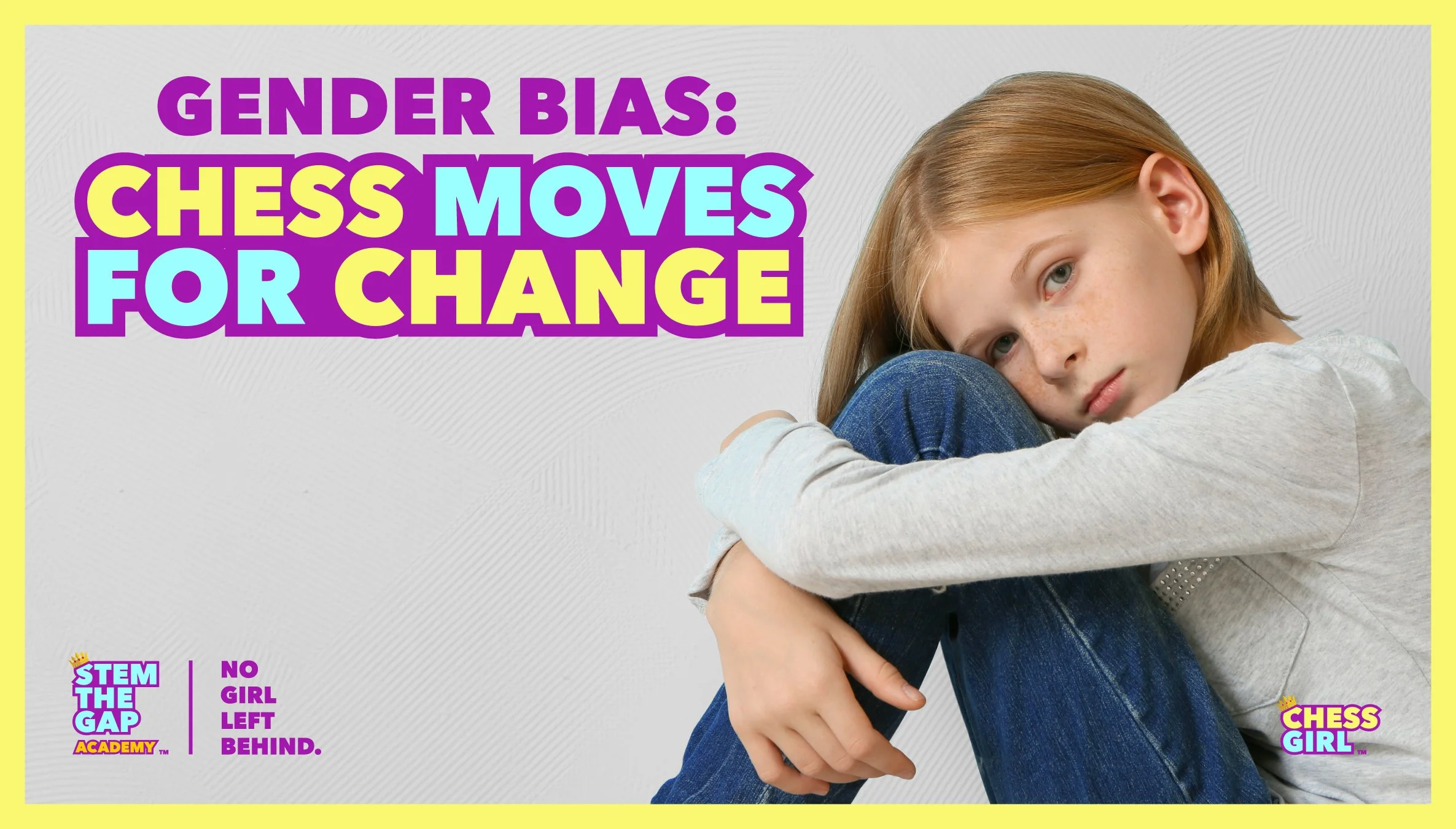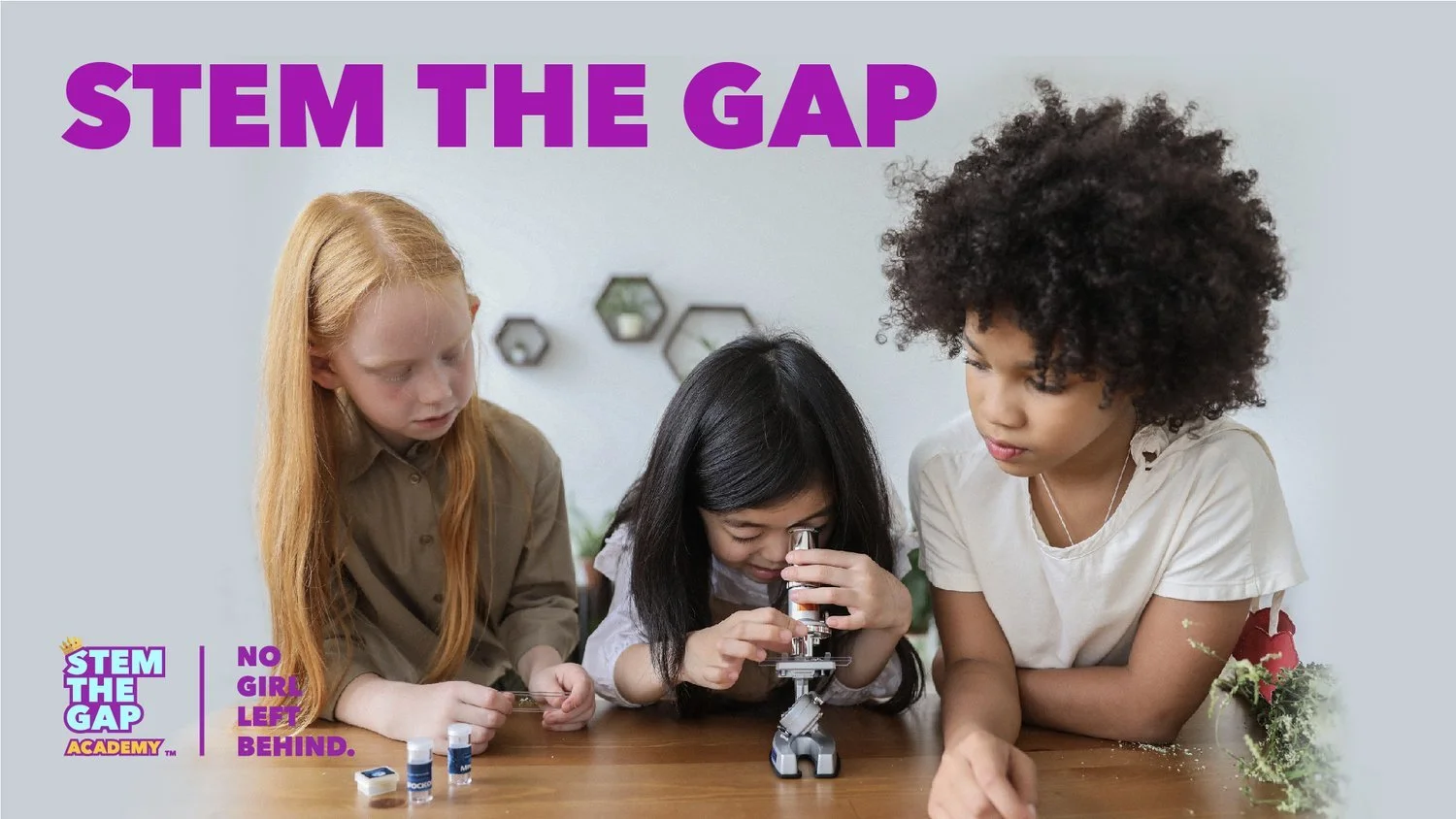STEM THE GAP
Over the past few years, there have been a multitude of conversations that have been started and upheld around issues of representation, diversity and equality around the world. It has been made clearer and clearer that almost no field or domain is free of the blatant discrepancies that have been allowed to exist, forever seemingly, in terms of the availability of opportunities, resources and the appropriate training that should have been provided to all people equally, regardless of gender, color or creed.
This is particularly evident in STEM (Science, Technology, Engineering, Mathematics) fields today. The notably uneven ratio between men to women in STEM fields has been the subject of debate for a while now, which has propelled numerous international initiatives, both private and public, to push for more women to enter STEM fields to bridge the cavernous gap between genders that currently exists.
Despite this, however, and even with more women opting for STEM careers, “men continue to outnumber women, especially at the upper levels of these professions.” (Why So Few, 2010)
This persistent gap has, in turn, prompted researchers and educators to look closer and ask an incredibly pertinent question: why?
Needless to say, the answer to this simple question is intricate and complex, with conversations around a lack of female role-models and unwelcoming all-male environments being key factors as to why more women don’t venture into STEM careers. However, research has shown that a huge part of the problem lies in the foundational beliefs that girls hold about their abilities.
Simply put: girls are taught, through cultural narratives at home and in school at a young age, that they are not as good as boys at math and science. Studies show, in fact, that lots of girls lose confidence in their math skills by the third grade, while boys tend to verbalize their confidence in their math skills by the second grade, even though, “research shows no innate cognitive biological differences between men and women in math.” (AAUW.org, 2020)
These limiting beliefs that girls adopt, force them into a fixed mindset around these subjects and they lose interest and exclude themselves from the equation altogether. It is for these reasons, that it is incredibly important to make sure that girls are taught, from as young an age as possible, what it is to have confidence in their cognitive and reasoning abilities and to adopt a growth mindset, because they carry these beliefs on into their adult life and this impacts the choices they go on to make, when they choose which careers to pursue.
If we really are going to ‘STEM the gap’ (pun intended), it is imperative that parents, educators and adult role-models consciously seek and offer safe spaces for girls to develop their love for science and mathematics, without the systemic fear and insecurity of judgement or failure forcing them to adopt limiting beliefs regarding their potential.
Providing a safe-space, filled with empowering messages, is exactly what Girl Boss Chess has offered from the get-go and strives to continue offering to more and more girls worldwide. Chess has proven to be an incredibly effective vehicle when it comes to the development of the foundational critical, reasoning and analytical skills that are required to enter STEM fields later in life and when you marry that with the messages of strength, empowerment and resilience that are woven into the fabric of the Girl Boss Chess classes, you have a winning formula!
If we really are ever going to see the gap made smaller and eventually eradicated in STEM fields, we must start by empowering girls from the very start, so that when they are inevitably exposed to outdated, sexist and debunked notions of predetermined male versus female intelligence or aptitudes, they can brush that aside and rise up to be the Girl Bosses that they were always meant to be!
Sally Sampson











